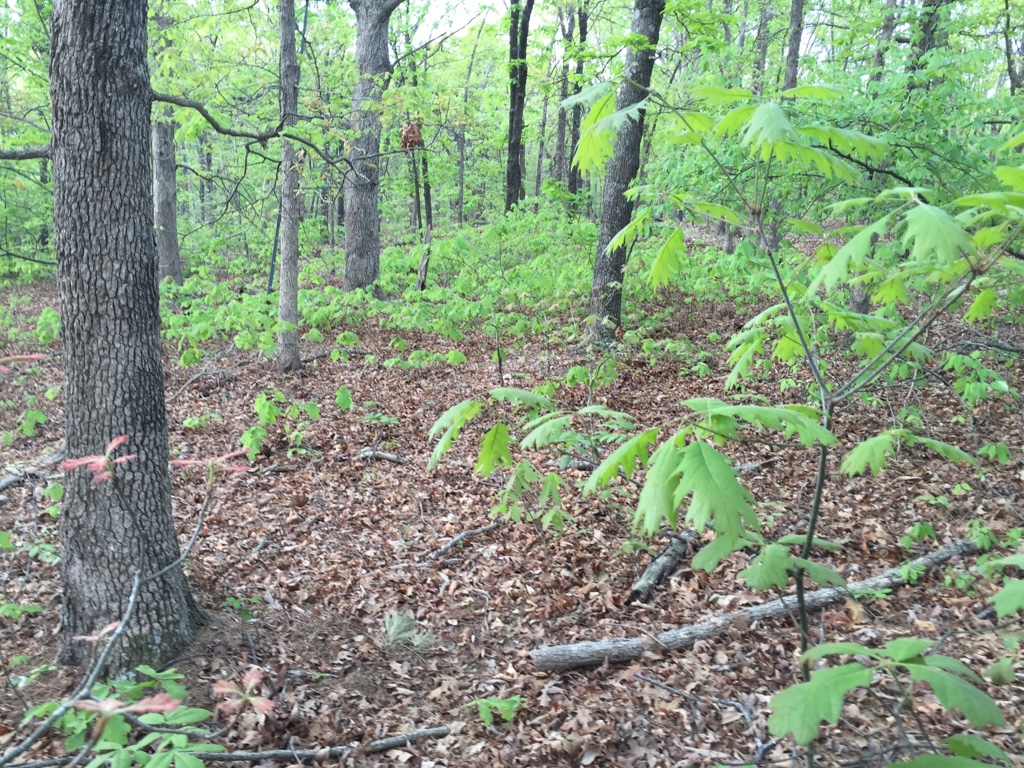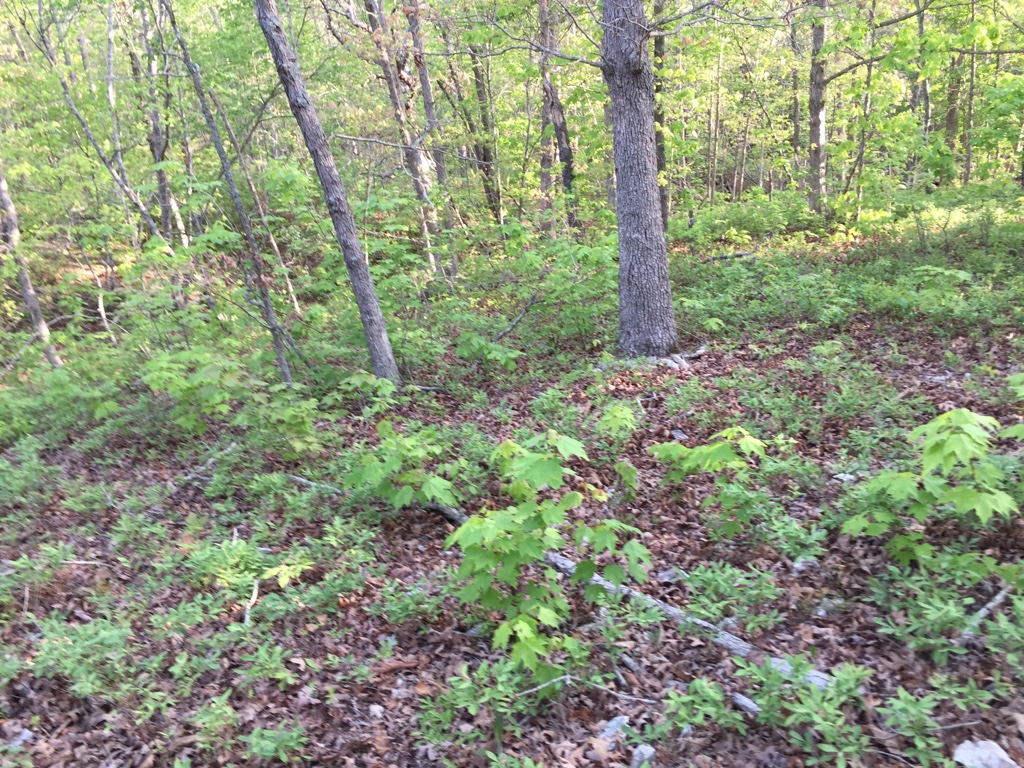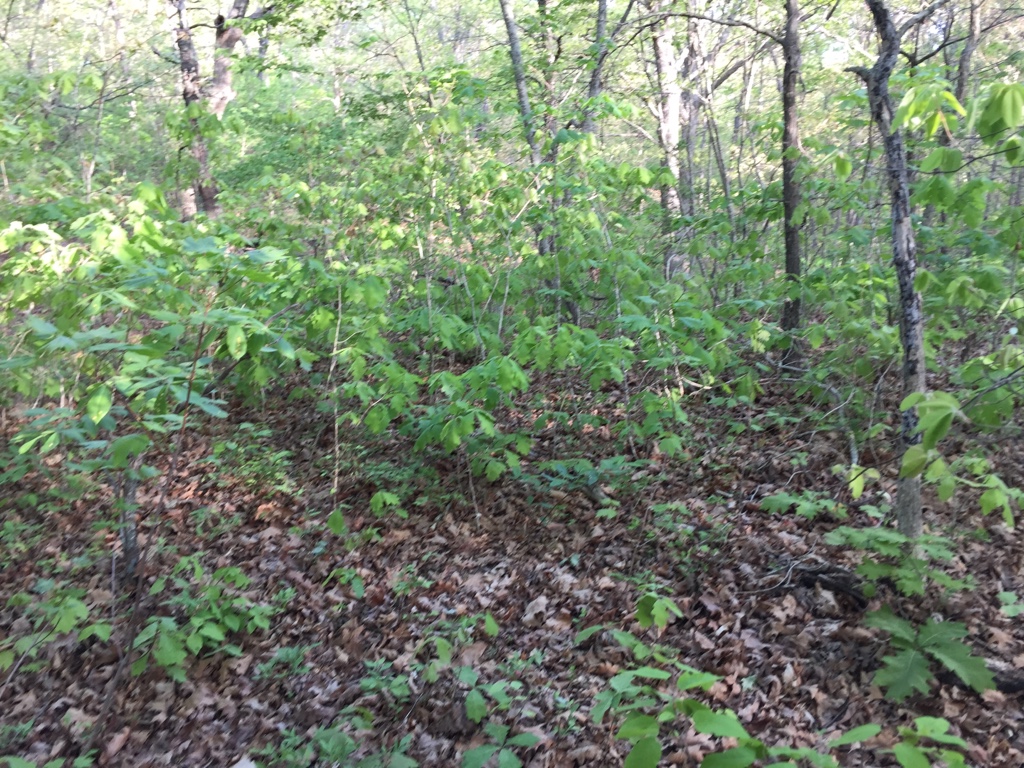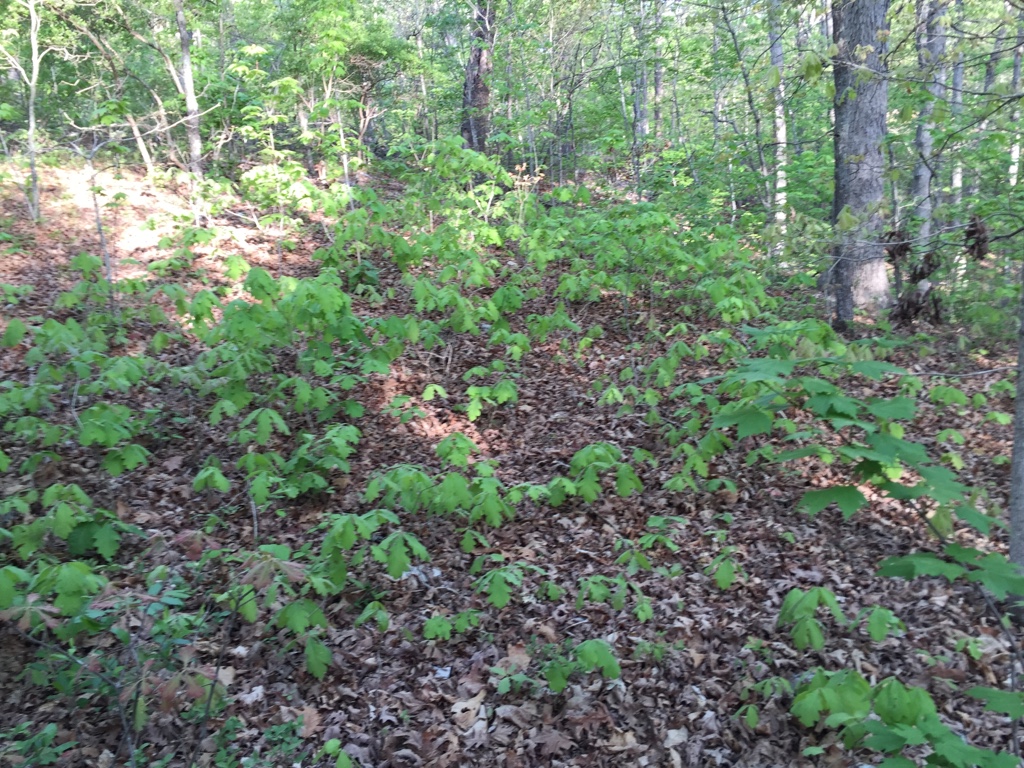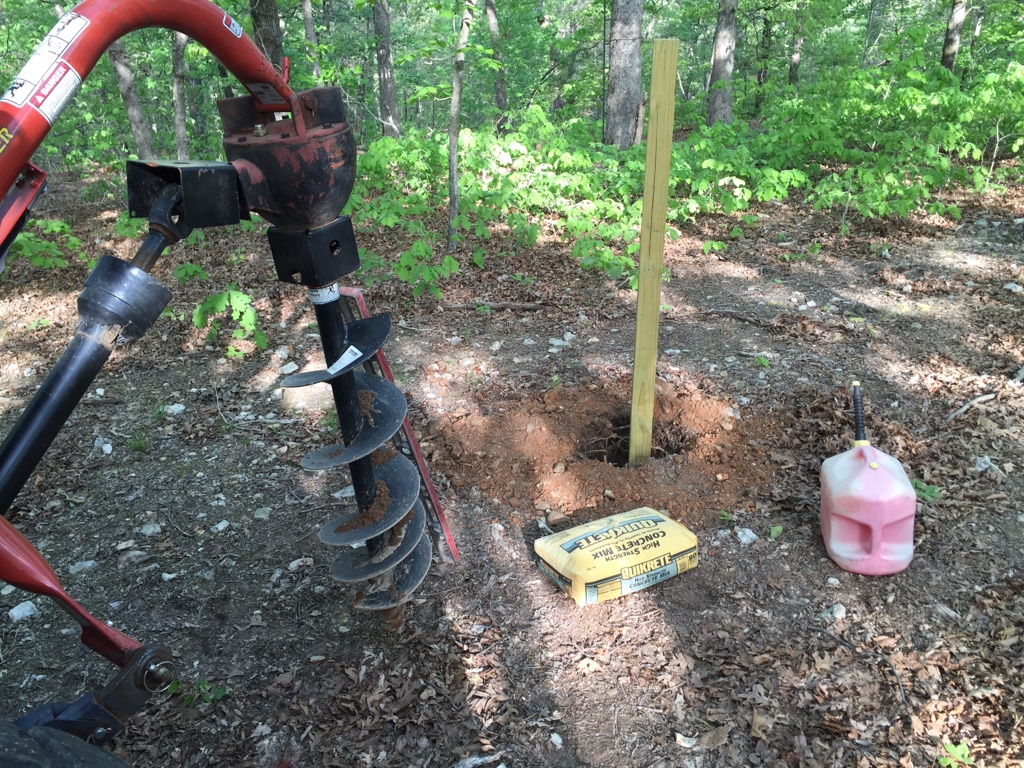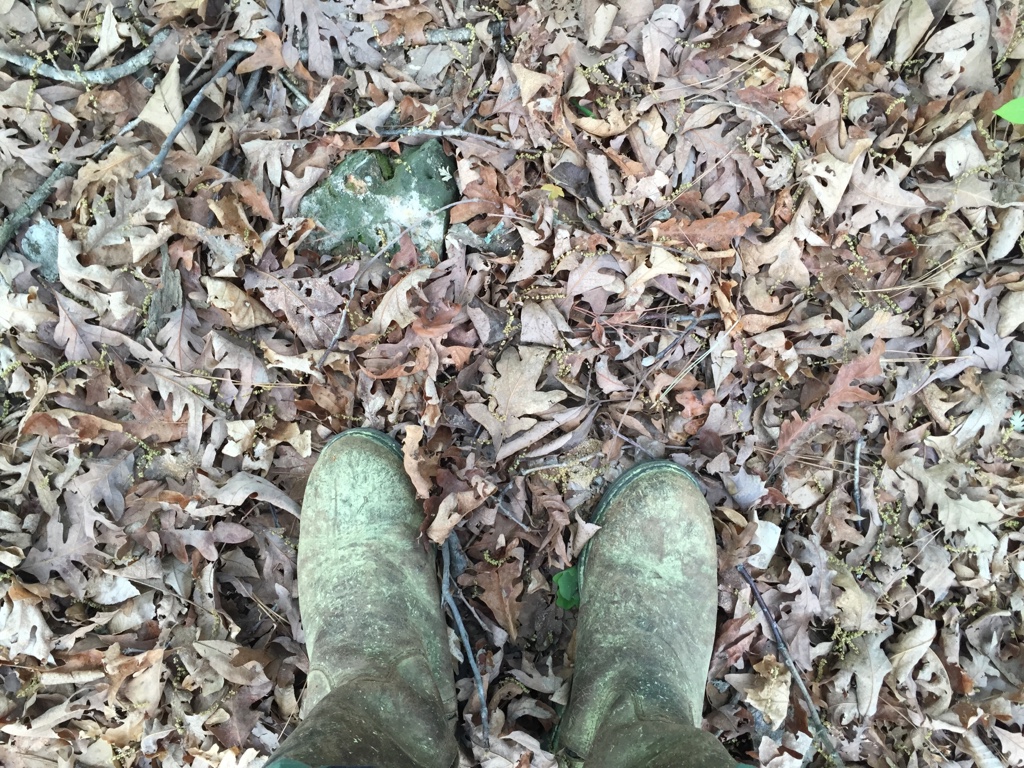With heavy rains the past two weeks here, it will be interesting to see how the WO acorn production is come fall. The reds as we have talked, pollinate about 2 weeks before whites. Since they were in a dry period for us, I would suspect red oak production may be better than the white oaks. As I said, in past mainly watched for freeze temps that might affect acorn production, but looking back over the years, I think moisture has had more affect as studies have shown. I know while looking at my oaks this past few weeks, it is def hard to evaluate flowers that are 100+ ft in the air. Be just another thing for me to watch on the landscaped thru this year.
Treefall gaps. Much like the segmented hinge cutting many of us do if done aggressively. In the presettlement forests, natural openings occurred by way of storms and fire. These openings allowed recruitment of over story in greater radial growth of trees as well as recruitment sub story of new growth. Thus the mature forests was actually in stages of uneven age segments.
One study done early 1990's in VA in an xeric sight was in a large section of forest that had repeated single tree windthrow gaps created by severe storms that year. Overstory growth began late 1890's with increased radial growth and recruitment of white and scarlet oak into the over story. At the same time recruitment of understory was mainly white oak with some black and sweet gum. Some maple recruitment occurred in the study area after 1950.
The uniqueness of this study area was the unstopped white oak recruitment with very little maple or beech. The dryness/xeric aspect of this study prevented recruitment of typical oak replacement species, allowing white oak perpetual recruitment. Some of the understory whites in the study area were a century old. Thus these gaps thru out history were probably maintained in white oak by virtue of the over story growth and understory recruitment that was then maintained by fire. Based on the lack of white oak recruitment in most 20th century forests, this pattern of gap phase regeneration is no longer being repeated.
White oaks are prevalent over a broad range of habitat, including drought areas. It has evolved with periodic understory burnings and is a transitional to later successional species in the absence of fire. Thus they possess adaptations for drought and fire but not for competing in a closed forest understory dominated by more shade tolerant species.
I hope you are seeing how our manipulation of forest structure can affect its makeup for decades, maybe centuries to come. Perhaps increasing just any old stem count will not in the long term give us the oaks we and the deer love?
Next , a little closer look at white oak adaptations or as they like to say, the ecophysiological attributes. The first of which will involve fire adaptations. Then drought. Then understory tolerance. And then the test for you students will come.

Chime in anytime you wish. Pics are always good too.



